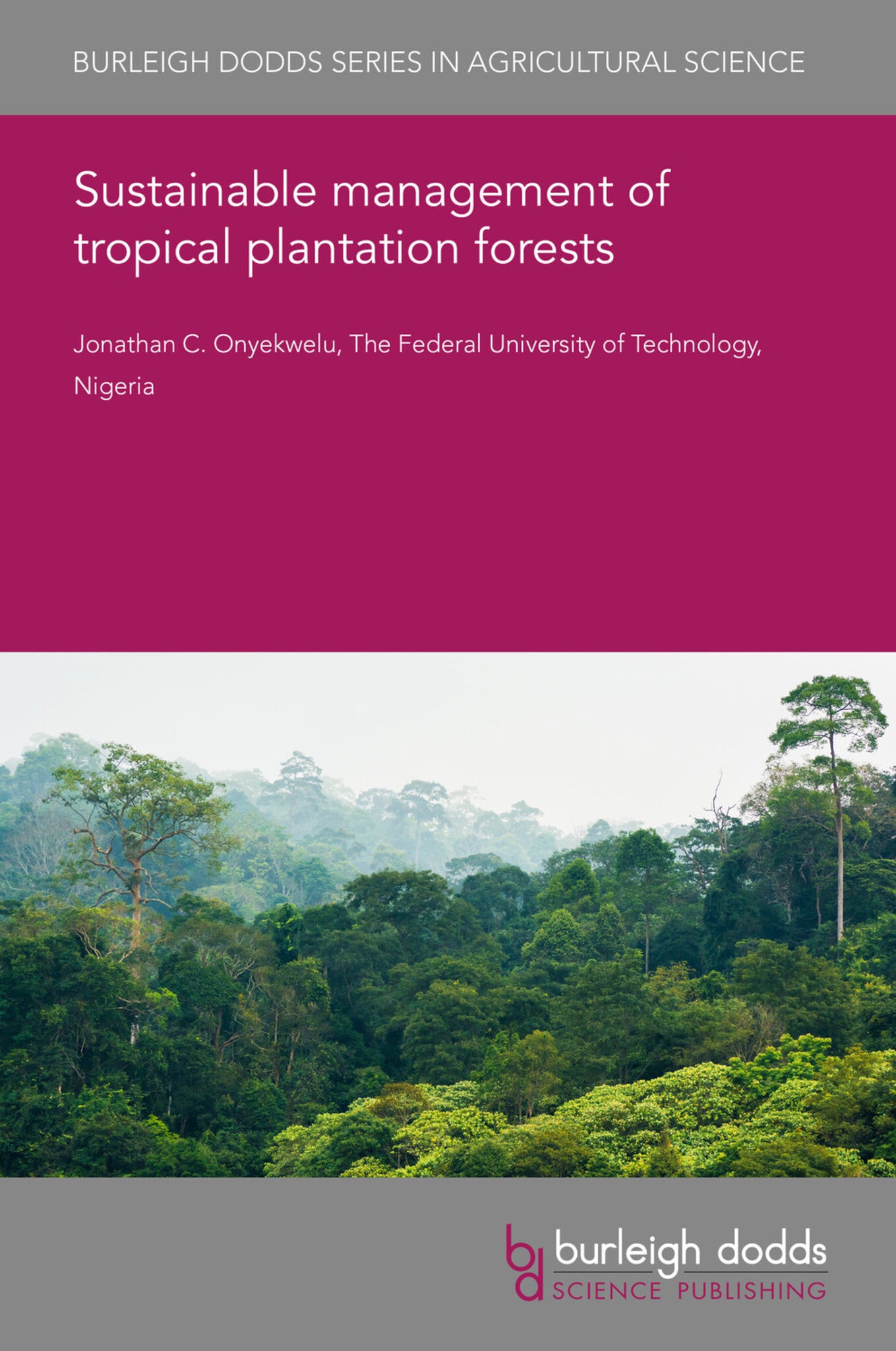We're sorry. An error has occurred
Please cancel or retry.
Sustainable management of tropical plantation forests

Some error occured while loading the Quick View. Please close the Quick View and try reloading the page.
Couldn't load pickup availability
- Format:
-
26 October 2020


TECHNOLOGY & ENGINEERING / Agriculture / Forestry, Forestry and silviculture, TECHNOLOGY & ENGINEERING / Agriculture / Sustainable Agriculture, Forestry industry, Sustainable agriculture

1 Introduction 2 Sustainability issues in tropical forest plantations: productivity and nutrient cycles 3 Sustainability issues in tropical forest plantations: biodiversity conservation 4 Sustainability of ecosystem services: provision in tropical plantations 5 Sustainability of social impacts of tropical forest plantations 6 Measures to achieve sustainable tropical forest plantations management 7 Conclusions 8 Where to look for further information 9 References



